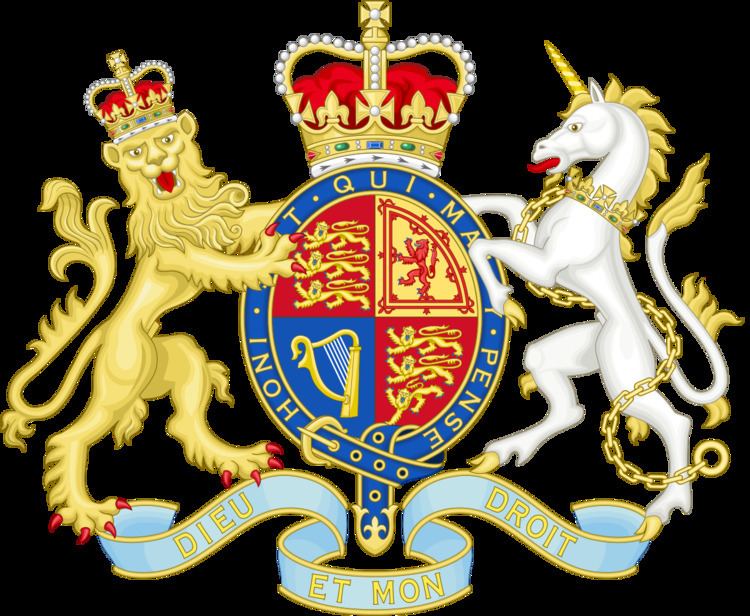Royal assent 15 November 1988 | Commencement January 1989 | |
 | ||
Territorial extent United Kingdom except for Northern Ireland | ||
The Firearms (Amendment) Act 1988 (1988 c.45) is an Act of the Parliament of the United Kingdom, which is still in force. The Act, as amended, tightens controls on the possession of firearms, and applies throughout the whole of the United Kingdom except for Northern Ireland. It gained the Royal Assent on 15 November 1988, and came into force two months later.
Contents
Background
The Act was passed in response to the Hungerford massacre of 1987, where sixteen people had been killed by a man using an illegally owned semi-automatic rifle (M1 Carbine), a legally owned semi-automatic rifle (Type 56), and a handgun (Beretta 92).
Provisions
The Act amended Section 5 of the Firearms Act 1968, which defined the class of prohibited weapons, by extending it to cover burst fire firearms, semi-automatic and pump action rifles other than those chambered for .22 rimfire ammunition, semi-automatic and pump action smoothbore guns other than those chambered for .22 rimfire and with a barrel shorter than 24 inches in length or an overall length less than 40 inches (to be measured without detachable stocks or with folding stocks folded), smoothbore revolvers other than muzzle-loaders or one chambered for 9mm rimfire ammunition, and finally any rocket-launcher or mortar which fired a stabilised missile. It also prohibited exploding ammunition, as well as ammunition containing noxious substances and any form of grenade or shell designed to be projected from a firearm.
Additionally, section 1 (4) of the Act gave the Home Secretary the power to prohibit any firearm or type of ammunition not on the list, provided that it had not been widely sold in Britain before 1988, and that it appeared to be "specially dangerous" or constructed so as to evade metal detectors.
Section 2 amended the 1968 Act to limit the type of shotguns which required a shotgun certificate instead of a firearm certificate; this was now defined as a shotgun which had a barrel longer than 24 inches, a calibre of under two inches (50.8mm), and no magazine larger than a fixed two-cartridge magazine. Section 3 amended the regulations for issuing a shotgun license, allowing the police to refuse a license if the applicant was felt not to have a good reason for possessing a shotgun, or was believed to be prohibited by the Act. Section 5 prohibited the sale of shotgun ammunition except to someone entitled under the Act to possess a shotgun, or someone acting on their behalf.
The Act made it an offence to modify a shotgun to have a barrel less than 24 inches in length, and stipulated that a prohibited weapon which had been converted into another type of weapon remained prohibited with the exception of the fitting of a barrel longer than 24 inches to a pump action or semi-automatic shotgun that had previously had a shorter barrel fitted. However, a prohibited firearm could be "deactivated" and thus no longer fall under the scope of the Act.
Sections 9 through 12 governed the issuing of firearm certificates, whilst section 13 modified the regulations involving firearms dealers and section 14 required people transporting or storing firearms to store them securely and report any loss to the police.
There were a number of specified exemptions to the requirement for a license; members of approved rifle or pistol clubs were allowed to carry and use firearms when target shooting even if they did not themselves hold a license, and someone over the age of seventeen was allowed to borrow a legally held firearm from its owner and use it, under supervision of the owner and complying with the owner's license, on private premises. Foreign visitors could hold a "visitor's permit", which allowed them to possess any legal firearm without a license; this license would be granted by the local police. It was also possible to purchase a firearm without a license if it was intended to be promptly exported. Finally, firearms in museums were exempted from certain provisions.
